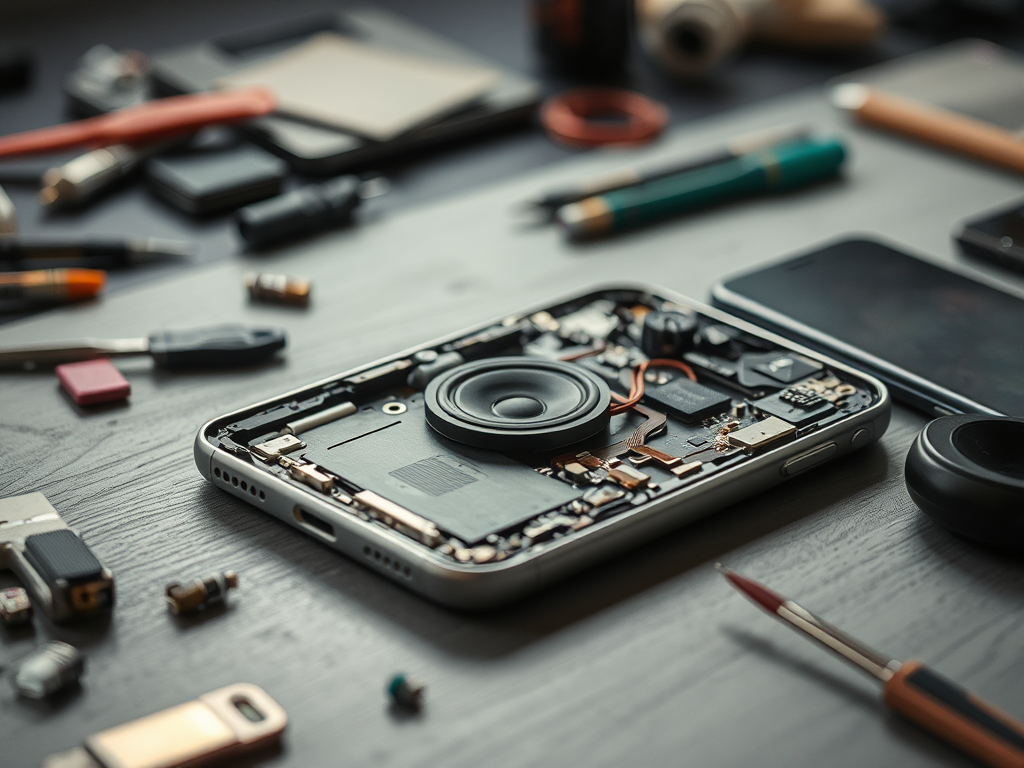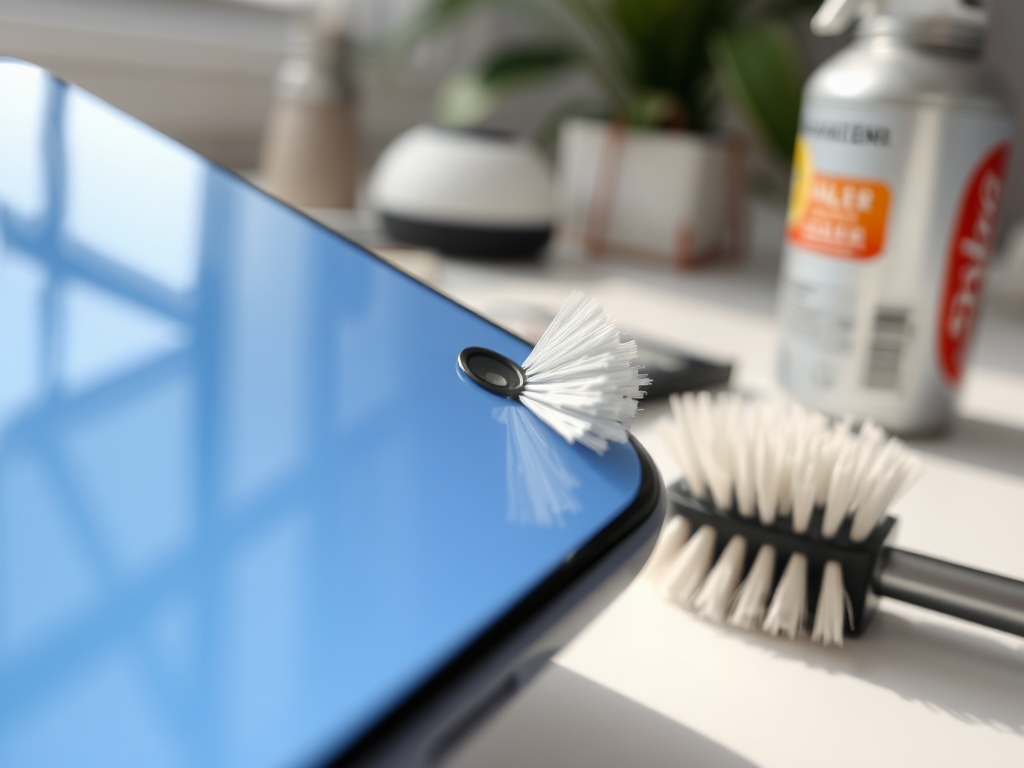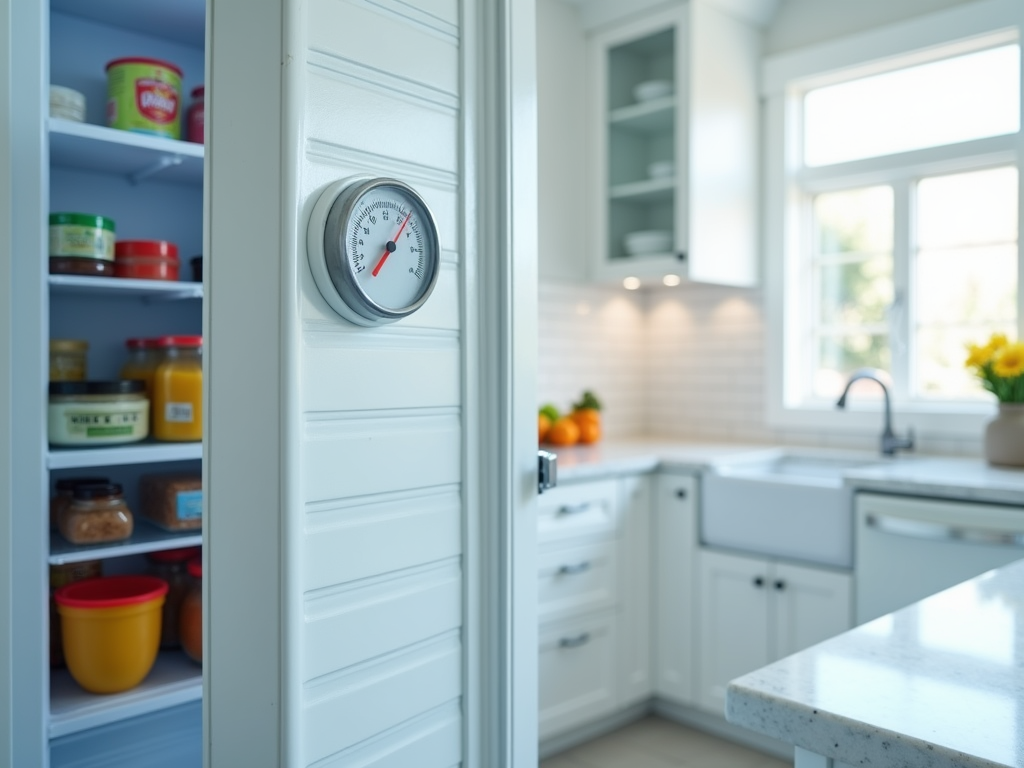In our hyper-connected world, smartphones are more than mere communication tools; they are devices encapsulating music, movies, and conversations all in one compact form. However, users often find themselves grappling with a frustrating experience: muffled sound from their phone’s speaker. Understanding the intricate workings of phone speakers can demystify this issue and enhance the overall auditory experience. It’s fascinating to think about how components within such a small device work together to create sound yet can be easily disrupted, leading to that undesirable muffled audio. This article will delve deep into the anatomy of phone speakers, explore the common reasons for muffled sound, and provide practical tips for maintaining audio clarity. So, let’s embark on this sonic journey together and uncover what makes those little speakers tick!
Understanding Phone Speaker Components

Every time you play music, watch a video, or take a call on your smartphone, a complex array of components within the phone speaker comes into action. These components don’t merely contribute to sound production; they significantly affect the quality and clarity of what you hear. Understanding how these elements interact can shed light on why sounds may not always come through as clearly as we would like. Essential parts like the diaphragm, magnet, and voice coil each play a pivotal role in sound mechanics. Moreover, the speaker’s enclosure is crucial as it impacts sound projection and can determine the richness of the audio. Let’s take a closer look at the key components of phone speakers.
- Diaphragm: A membrane that vibrates to produce sound waves.
- Magnet: Generates magnetic force, making the diaphragm move effectively.
- Voice Coil: Translates electrical signals from the phone into mechanical movements.
- Enclosure: The outer casing that influences how sound is projected into the environment.
Common Reasons for Muffled Sound

Despite advanced technology, multiple factors can lead to muffled audio output from phone speakers. Understanding these reasons is essential for troubleshooting and improving sound quality. Both internal and external factors can contribute to the audio experience on your device. Internal issues often pertain to the speaker’s condition and cleanliness, while external issues can arise from your surroundings and how you use the device. Being aware of these factors allows users to take proactive measures to maintain crisp, clear sound. Let’s discuss some internal and external factors that could impede sound clarity.
Internal Factors
- Dust and Debris: Accumulation of particles can obstruct sound waves.
- Water Damage: Liquid exposure can adversely affect speaker components.
- Worn Components: Aging parts may struggle to vibrate efficiently, impacting audio quality.
External Factors
- Environmental Noise: Background sounds can mask the audio coming from the device.
- Phone Case Design: Some designs inadvertently obstruct the speaker’s sound emission.
- Volume Levels: Playing audio at low volumes can lead to distorted sound quality.
| Factor | Impact on Sound | Example |
|---|---|---|
| Dust and Debris | Blocks sound waves | Particles stuck in the speaker grill |
| Water Damage | Damages internal components | Speaker malfunction after exposure to liquid |
| Environmental Noise | Reduces audio clarity | Playing music in a crowded place |
Tips for Maintaining Clear Sound Quality
To ensure optimal sound performance from your phone’s speakers, proactive maintenance is essential. Regular care not only preserves the integrity of the device but can also enhance your listening pleasure. Consider incorporating these strategies into your routine to maintain sound quality:
- Regular Cleaning: Incorporate a soft brush or compressed air to gently remove dust and debris from the speaker area.
- Avoid Moisture: Ensure your phone is kept away from damp environments to prevent water damage.
- Choose Compatible Cases: Selecting phone cases that don’t obstruct speaker ports is crucial for optimal sound projection.
Conclusion
Understanding the anatomy of a phone speaker and recognizing the reasons behind muffled sound can empower users to care for their devices better. From the intricate components that generate sound to the external elements that can disrupt audio quality, a little knowledge goes a long way. Implementing regular maintenance and being aware of external conditions can considerably enhance audio clarity. Thus, being mindful of how we interact with our devices ultimately leads to a more enjoyable auditory experience. Clear sound is just a few steps away—so take action and ensure your phone’s speaker performs at its best!
Frequently Asked Questions
- What causes muffled sound in phone speakers? Muffled sound can stem from dust accumulation, water damage, worn components, and external factors like environmental noise.
- How can I clean my phone’s speaker? Use a soft brush or compressed air to gently clear any dust or debris from the speaker grill.
- Does the type of phone case affect sound quality? Yes, some phone cases can block or muffle sound depending on their design.
- Can I fix muffled sound issues on my own? Minor issues like dust blockage can usually be fixed at home, but persistent problems may require professional repair.
- Are older phones more prone to muffled sound? Yes, older phones may experience more sound issues due to worn components and accumulated damage.



